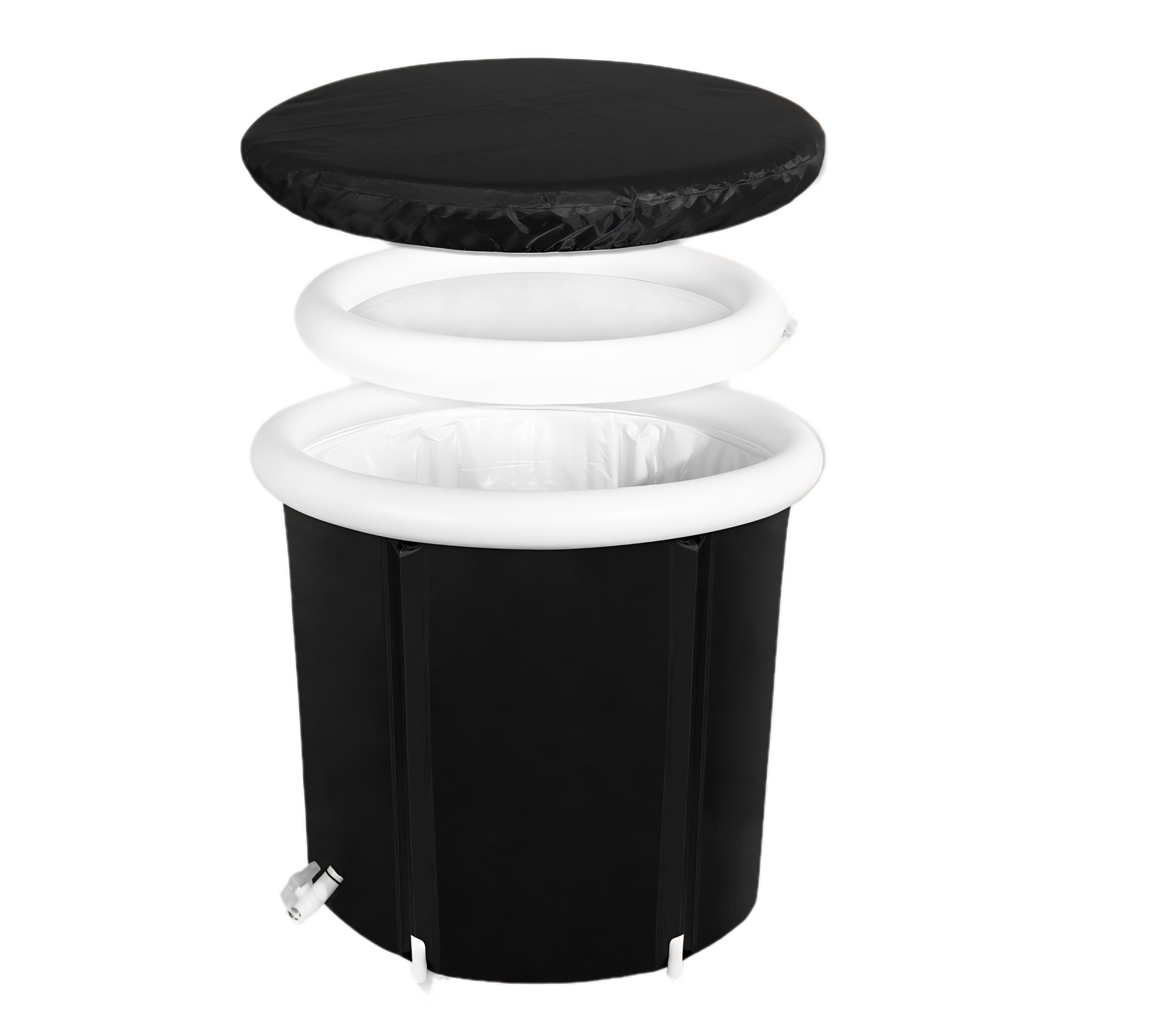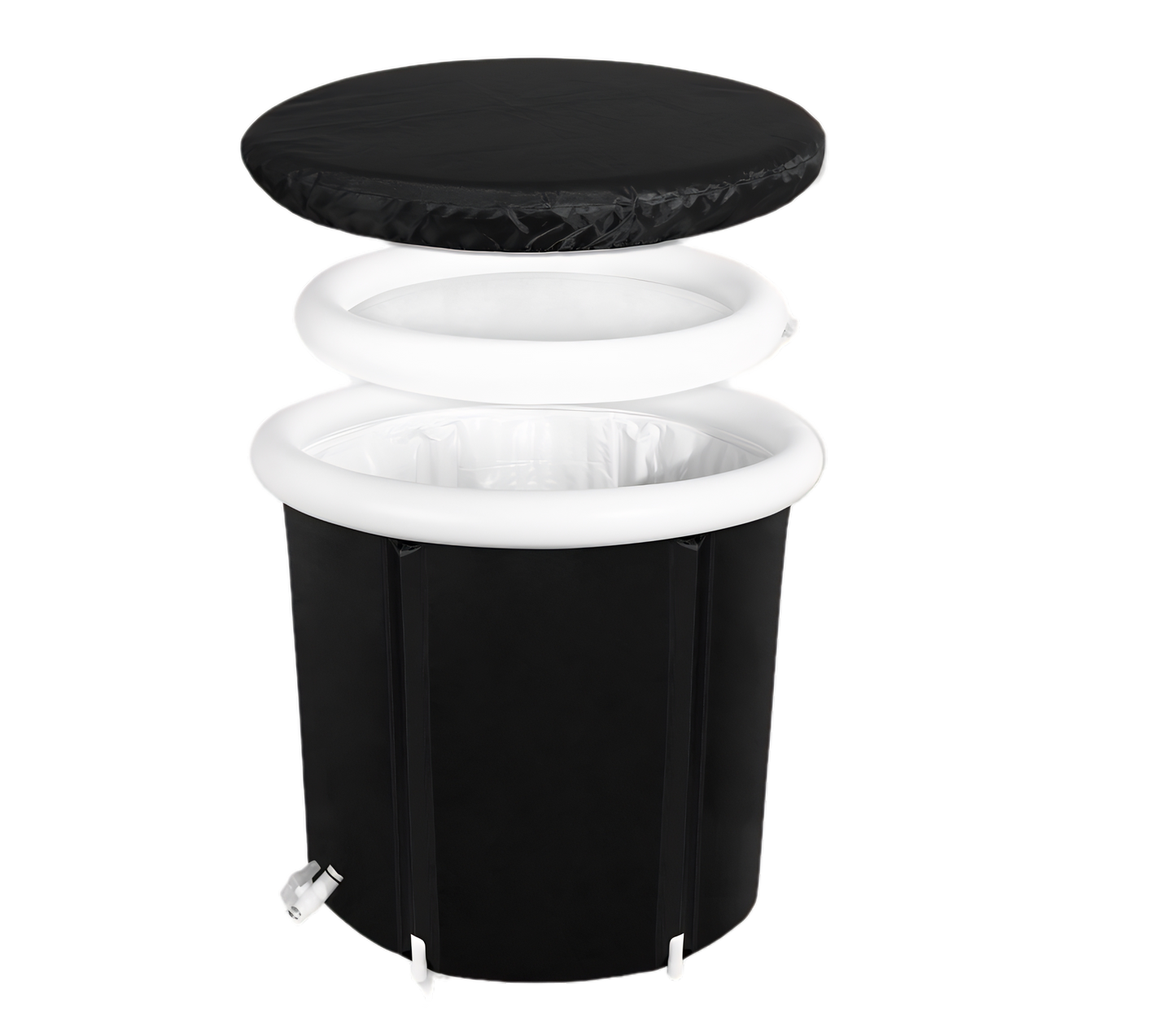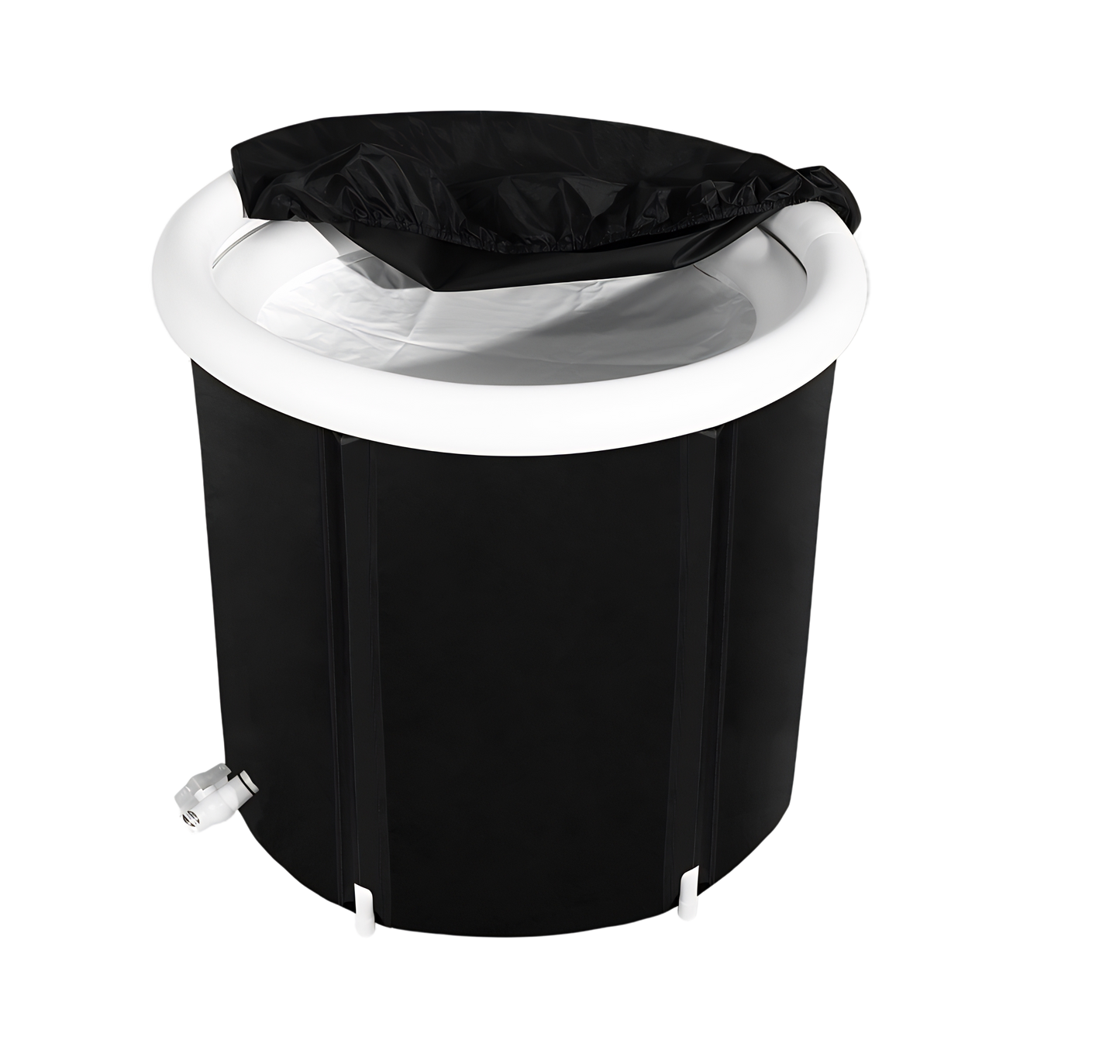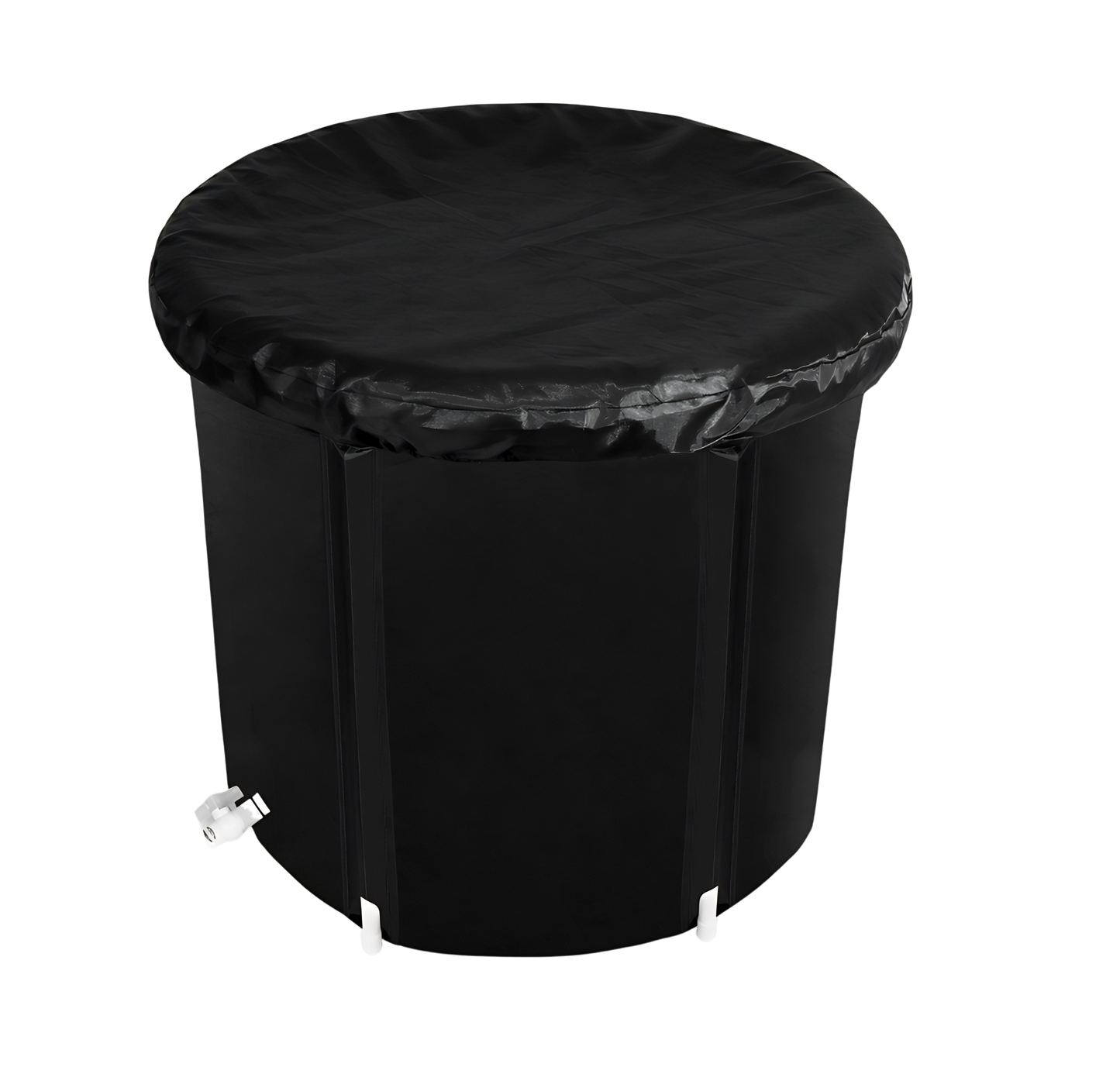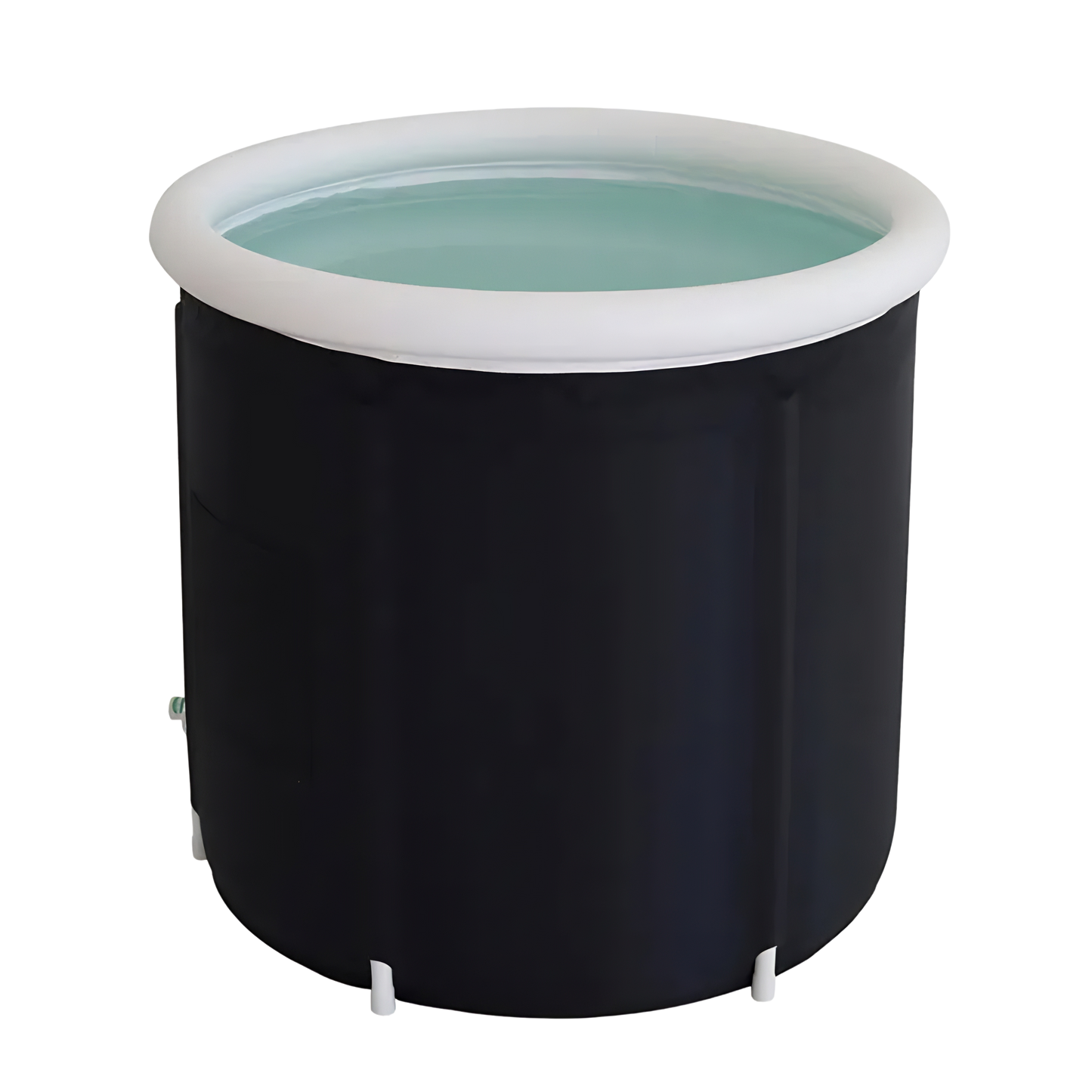In ancient Greece, renowned physician Hippocrates prescribed cold water baths as a therapeutic method for improving health. The Romans, on the other hand, embraced cold water immersion in their bathhouses for relaxation and rejuvenation. Samurai warriors in ancient Japan utilized ice baths to relieve muscle fatigue after intense training or battle. In Scandinavia, ice baths and cold showers have been deeply ingrained in the culture since the time of the Vikings, with traditions like "avantouinti" (ice swimming) and "bastu" (sauna) being practiced for physical and mental well-being.
These ancient civilizations were not the only ones to embrace cold water immersion. The ancient Egyptians and Chinese also incorporated ice baths into their healing practices. The influence of ice bathing in ancient civilizations can still be observed today, as modern society continues to recognize the physical and mental benefits of this age-old therapy.
Key Takeaways:
- Ancient civilizations such as the Greeks, Romans, Japanese, and Scandinavians all used ice baths for physical and mental well-being.
- Hippocrates, the famous Greek physician, prescribed cold water baths for treating ailments.
- The Romans used cold water immersion in their bathhouses for relaxation and rejuvenation.
- Samurai warriors in ancient Japan utilized ice baths to relieve muscle fatigue and promote recovery.
- In Scandinavia, ice baths and cold showers have been a part of the culture since the time of the Vikings, contributing to physical and mental well-being.
- Ancient Egyptians and Chinese also used cold water immersion for health and healing purposes.
- The practice of ice bathing in ancient civilizations influenced the modern use of ice baths for physical and mental wellness.
The Evolution of Ice Baths: From Ancient Times to Modern Applications

The use of ice baths has evolved over time, from ancient civilizations to modern applications. In ancient times, ice baths were used primarily for their health benefits, such as reducing inflammation, improving circulation, and promoting muscle recovery. The methods of ice bath therapy varied across cultures, including full-body immersion in natural ice sources, communal ice baths, and rituals involving cold water immersion.
With the invention of refrigeration in the 19th century, ice became more accessible, leading to the development of portable ice baths. In the 20th century, ice baths gained popularity in sports and medicine, with athletes using them for recovery and to enhance performance. Cryotherapy chambers, using advanced cooling technology, have also emerged as a more targeted and efficient method of cold therapy.
Today, ice baths are used by athletes, individuals, and even in medical settings for their various benefits, including muscle recovery, reducing inflammation, and enhancing athletic performance.
Ancient Techniques for Using Ice Baths
Throughout ancient cultures, different techniques were employed for using ice baths. In ancient Greece, for example, natural ice sources were used for full-body immersion, while the Romans had communal ice baths in their bathhouses. Ancient Japanese warriors, known as samurai, used cold baths after training or battle to relieve muscle fatigue and promote recovery. In the Scandinavian region, ice baths and cold showers have been practiced since the time of the Vikings, with rituals like "avantouinti" (ice swimming) and "bastu" (sauna) being part of the culture.
These ancient techniques highlight the long-standing tradition of utilizing cold water therapy for physical and mental well-being. They have influenced the modern use of ice baths and serve as a testament to the enduring appeal and benefits of this practice.
| Ancient Culture | Ice Bath Technique |
|---|---|
| Greek | Full-body immersion in natural ice sources |
| Roman | Communal ice baths in bathhouses |
| Japanese | Cold baths after training or battle |
| Scandinavian | Ice swimming and sauna rituals |
The Benefits and Applications of Ice Baths
Ice baths have been an integral part of ancient civilizations, offering numerous benefits for physical and mental health. In ancient times, these invigorating cold water therapies were believed to purify the mind, rejuvenate the body, and promote overall well-being. Today, research has confirmed the advantages of ice baths, making them popular in various domains, including sports and medicine.
Ancient civilizations used ice baths to reduce inflammation, alleviate muscle soreness, and enhance circulation. These benefits are still relevant today, as modern research has shown that cold water immersion can indeed promote muscle recovery and reduce inflammation. Athletes often rely on ice baths to aid in the recovery process after intense training sessions or competitions.
Ice baths also have applications in medical settings. They can assist in managing pain and facilitating postoperative recovery, making them a valuable tool for healthcare professionals. Furthermore, recent studies have explored the potential mental health benefits of ice baths, such as reducing symptoms of anxiety and depression.
In conclusion, ice baths have a long-standing history of promoting health and wellness. From ancient civilizations to modern times, their benefits have been recognized and utilized. Whether it's for athletes seeking muscle recovery, individuals managing pain, or those looking to improve their mental well-being, ice baths continue to provide a range of advantages for physical and mental health.
FAQ
How did ancient civilizations use ice baths?
Ancient civilizations, such as the Greeks, Romans, Japanese, and Scandinavians, incorporated cold water therapy into their daily lives. They used ice baths for various purposes, including treating ailments, relaxation, rejuvenation, muscle fatigue relief, and promoting overall well-being.
Read More: Ice Baths History and Culture.
What are the benefits of ice baths in ancient civilizations?
Ice baths were believed to reduce inflammation, improve circulation, promote muscle recovery, invigorate the body, purify the mind, and enhance overall well-being.
How have ice baths evolved over time?
Ice baths have evolved from ancient methods of full-body immersion in natural ice sources and communal ice baths to the development of portable ice baths with the invention of refrigeration in the 19th century. Modern applications include easy to use and compact portable ice baths.
What are the benefits of ice baths in modern applications?
Ice baths offer benefits such as reducing inflammation, alleviating muscle soreness, improving circulation, promoting muscle recovery, enhancing focus and energy levels, managing pain, and assisting in postoperative recovery. They have also been explored for potential mental health benefits, such as reducing anxiety and depression symptoms.

